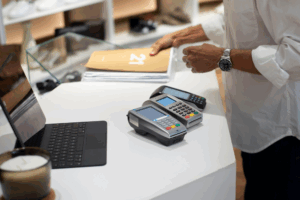
Restaurant POS: 7 Steps To Building A Delicious Menu 2024

In the fast-paced world of restaurant management, having the right tools can make all the difference. A robust Restaurant POS (Point of Sale) system is crucial for streamlining operations, managing inventory, and enhancing customer experience. But beyond the technical aspects, creating a mouthwatering menu is equally important. In this guide, we’ll explore how to build a delicious menu while leveraging the power of POS software to optimize your restaurant’s success.
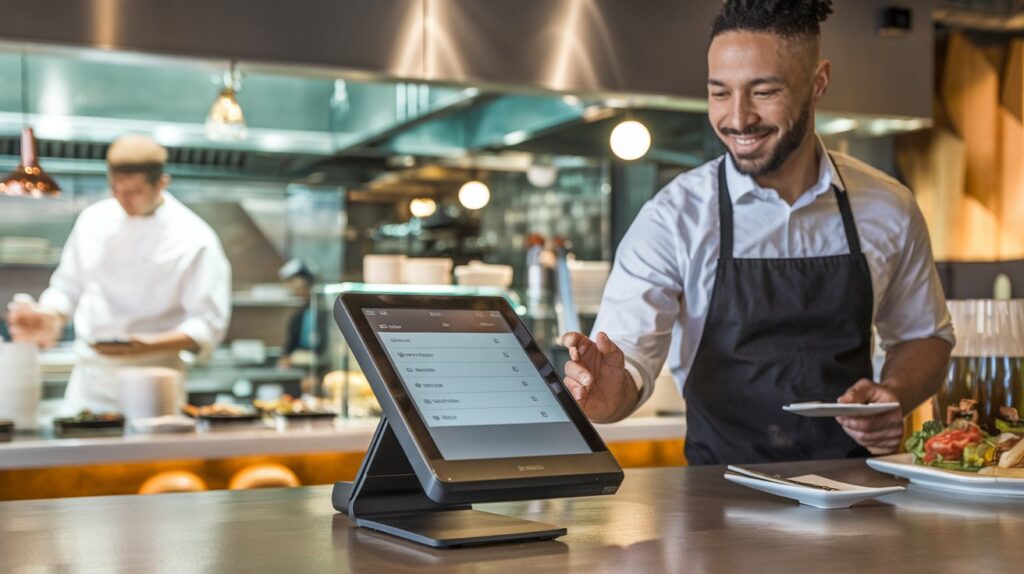
The Importance of POS Software in Menu Planning
Before diving into menu creation, let’s understand why POS software is essential for modern restaurants. A reliable pos software solution offers numerous benefits:
- Streamlined order management
- Real-time inventory tracking
- Sales data analysis
- Customer relationship management
- Employee scheduling and performance tracking
With these features, you can make informed decisions about your menu offerings and overall restaurant operations.
POS System for Food Trucks: A Special Consideration
For mobile eateries, a pos system for food truck operations is particularly crucial. These compact, portable systems allow food truck owners to process payments, manage inventory, and track sales on the go. When designing your menu, keep in mind the unique constraints and opportunities that come with operating a food truck.
7 Steps to Building a Delicious Menu Using Restaurant POS
Now, let’s dive into the process of creating a menu that will tantalize taste buds and boost your bottom line.
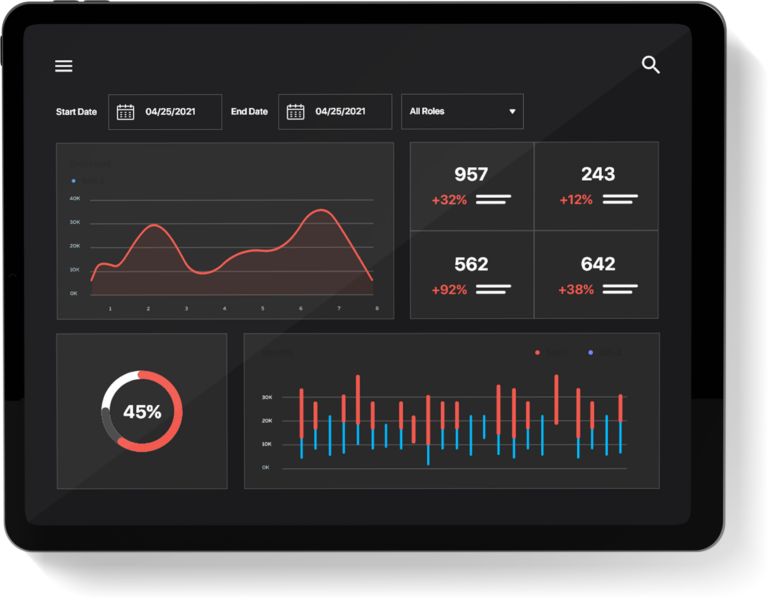
1. Analyze Your Sales Data
Your restaurant POS system is a goldmine of information. Use the sales data to identify:
- Best-selling items
- Slow-moving dishes
- Peak ordering times
- Customer preferences
This data will help you make informed decisions about which items to keep, remove, or modify on your menu.
2. Optimize Your Inventory Management
Efficient inventory management is crucial for maintaining food quality and controlling costs. Utilize your POS inventory software to:
- Track ingredient usage
- Set up automated reordering
- Identify waste and spoilage
- Manage portion sizes
By keeping a tight rein on your inventory, you can ensure that your menu items are always fresh and available.
3. Consider Your Target Audience
Your restaurant POS system can provide valuable insights into your customer base. Use this information to tailor your menu to your target audience:
- Analyze demographic data
- Review popular items among different age groups
- Consider dietary preferences and restrictions
Creating a menu that resonates with your core customers will keep them coming back for more.
4. Balance Variety and Simplicity
While it’s tempting to offer a wide range of dishes, a bloated menu can overwhelm customers and strain your kitchen. Use your restaurant software to find the sweet spot:
- Identify complementary ingredients across dishes
- Group menu items by popularity and profitability
- Streamline your offerings to reduce complexity
A well-balanced menu is easier to manage and more appealing to customers.
5. Price Your Menu Items Strategically
Your restaurant POS system can help you set optimal prices for your menu items. Consider factors such as:
- Food cost percentage
- Labor costs
- Competitor pricing
- Perceived value
Use the data from your till system for restaurant operations to ensure your pricing strategy maximizes profitability while remaining competitive.
6. Design an Attractive Menu Layout
While your POS system handles the backend, don’t forget about the physical or digital menu that customers will interact with. Keep these design principles in mind:
- Use clear, easy-to-read fonts
- Highlight high-profit items
- Include appetizing descriptions
- Consider using photos sparingly
An attractive menu can significantly influence customer ordering decisions.
7. Implement Seasonal and Special Offerings
Use your restaurant POS to track seasonal trends and create limited-time offerings. This approach can:
- Generate buzz and excitement
- Allow you to test new menu items
- Take advantage of seasonal ingredients
- Encourage repeat visits
Your POS system can help you manage these temporary menu additions efficiently.
Leveraging Bar POS Software for Beverage Menus
If your restaurant includes a bar, don’t overlook the importance of your drink menu. Bar POS software can help you:
- Track liquor inventory
- Manage drink recipes
- Analyze beverage sales trends
- Implement happy hour specials
A well-crafted beverage menu can significantly boost your restaurant’s profitability.
Continuous Improvement with Restaurant POS
Building a delicious menu is an ongoing process. Regularly review your restaurant POS data to:
- Identify underperforming items
- Spot emerging trends
- Adjust pricing as needed
- Refine your offerings based on customer feedback
By staying agile and responsive, you can ensure that your menu remains fresh and appealing
The Future of Restaurant POS and Menu Management
As technology continues to evolve, so too will restaurant POS systems. Keep a lookout for rising trends like these:
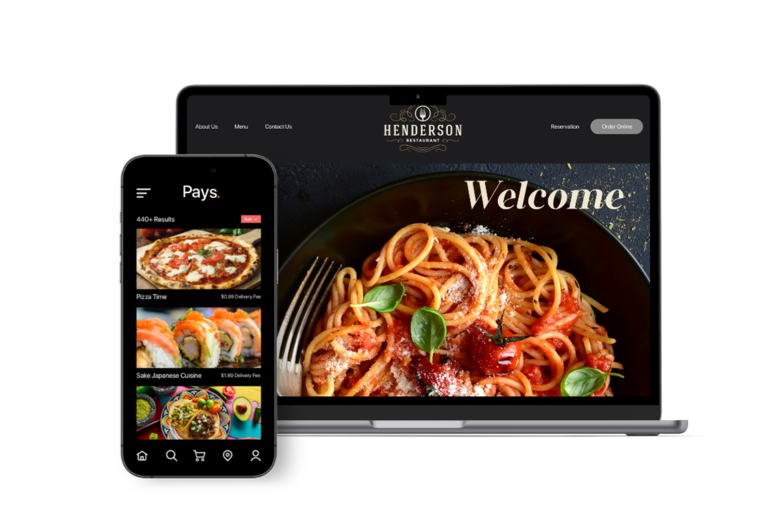
- AI-powered menu optimization
- Integration with online ordering platforms
- Enhanced customer personalization
- Contactless ordering and payment options
Staying ahead of these trends will help your restaurant remain competitive in an ever-changing industry.
Conclusion: Crafting Success with Restaurant POS and a Delicious Menu
In today’s competitive restaurant landscape, the combination of a robust restaurant POS system and a carefully crafted menu is a recipe for success. By leveraging the power of POS software, you can make data-driven decisions that optimize your menu offerings, streamline operations, and enhance the overall dining experience for your customers.
Remember, your restaurant POS is more than just a till system for restaurant transactions – it’s a comprehensive tool that can inform every aspect of your menu development and business strategy. Whether you’re running a bustling city eatery, a cozy neighborhood café, or a dynamic food truck, the right POS solution can help you serve up success, one delicious dish at a time.
By following these seven steps and continuously refining your approach, you’ll be well on your way to creating a menu that delights customers and drives profitability. So, fire up your restaurant POS, dig into the data, and get ready to cook up a storm in the kitchen and on your bottom line!
FAQ
Look at your sales data from your restaurant software to see what’s popular. Then, brainstorm new ideas, consider your kitchen’s capabilities, and create a balanced selection of dishes that cater to different tastes and dietary needs.
While this varies by cuisine and location, some crowd-pleasers include burgers, pizza, pasta, steak, salads, wings, fish and chips, tacos, curry, and a signature dessert. Check your POS data to see what tops the charts at your place!
Keep it clean and easy to read. Use your restaurant POS data to arrange items by popularity. Highlight profitable dishes, use enticing descriptions, and consider using photos sparingly. Remember, your menu design can significantly impact sales!

